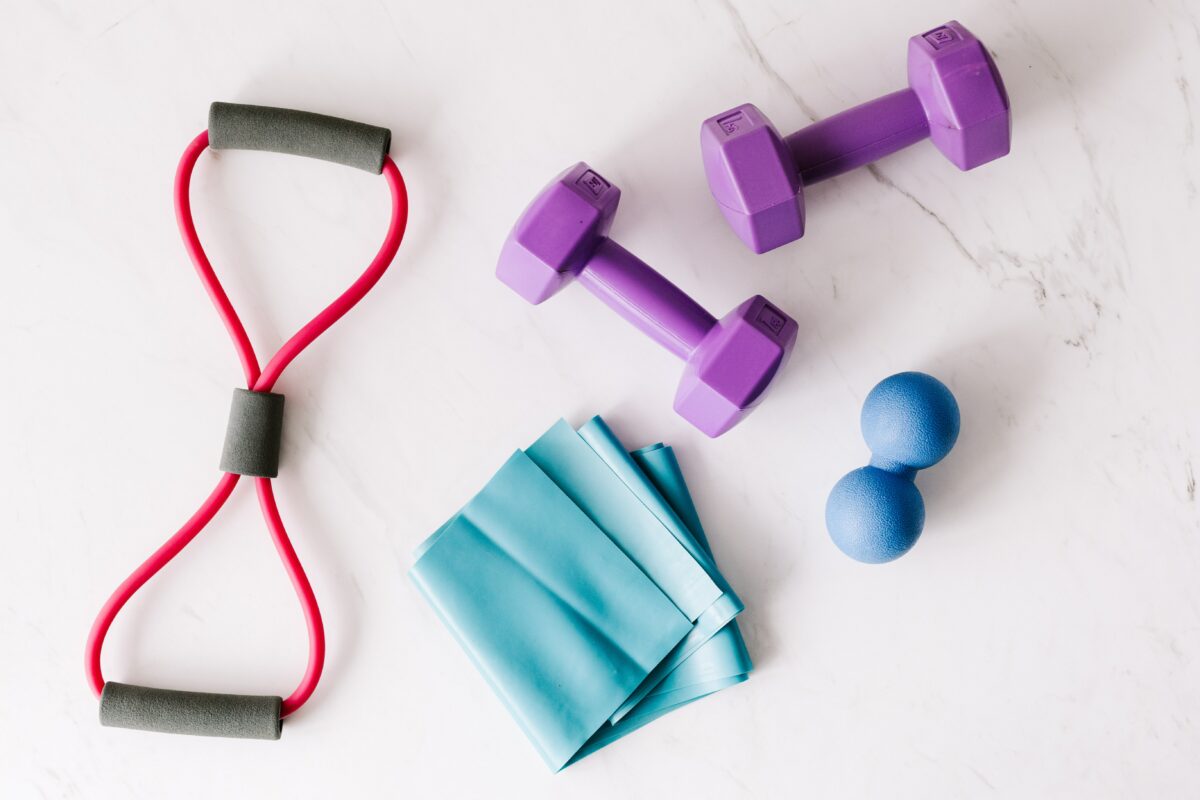What is diastasis recti?
Diastasis recti, or Diastasis Rectus Abdominus (DRA), refers to the spreading and thinning of the fascia (fancy word for connective tissue) between the two sides of your rectus abdominis (6-pack ab muscles). One result of this is a widening of the distance between the 2 sides of the muscle. Having an increase in this distance alone does NOT mean that you have a DRA. The goal is to have good tension in that tissue during movement, meaning it has good bounce back when you press on it. Previously it was thought that the distance between the muscles should be less than or equal to 2 finger widths but this has more recently been called into question. You can have good tension and more than 2 finger width (functional diastasis), less tension and 2 finger width, or less tension and more than 2 finger width. A diastasis recti is generally not dangerous and not pathologic. It is a term simply describing how the tissues of the belly feel and how they are performing. It can occur at 3 different locations: above the belly button (most common), at the belly button, and/or below the belly button (least common).
Will your OBGYN check you for this at your postpartum visit?
Checking for diastasis recti is not a normal part of a postpartum exam and outside of the scope of treatment for your OBGYN beyond surgical intervention. Many other testing and treatment options exist. A visit with a qualified pelvic floor physical therapist early postpartum is recommended for a thorough check of both your core and pelvic floor.
Do only postpartum women get diastasis?
No. Diastasis is a pressure management issue on the tissue where continued outward pressure has stretched the linea alba. This can happen in pregnant women, in women pre-pregnancy, and even men. Pregnancy does increase your risk of an increase in the distance between the two sides of the 6-pack muscles due to the expanded outward pressure on the midline of the stomach. Learning your breathing and pressure tendencies as early as possible during pregnancy can help you reduce your risk and prevent symptoms.
What are some symptoms of diastasis?
– Coning vs doming – Does your stomach come to a point down the middle when doing a movement like a sit-up or push-up (coning) or does the whole abdomen seem to protrude out like a loaf of bread (doming)? Some clinicians do not differentiate between the two, some do. Doming is not indicative of DRA. Coning during movement and exercise can indicate that a DRA is present, but if it is soft when you press into it and you do not have symptoms (abdominal and/or pelvic pain, pelvic pressure, urinary leakage) then this is likely not a problem and not a reason to stop exercising.
– Is there a gap? How is the tension? – Yes, the distance between the two sides of the 6-pack muscle can be measured with a variety of tools, but the tension of the fascia of the linea alba is just as, if not more important.
Breaking up some diastasis myths:
– MYTH: You have to close the gap.
Width of the gap isn’t the end all be all in terms of function. Can you approximate, or close, the rectus with different strategies? Have you built back up your strength and tension where these strategies are automatic responses for your movement? If you have built back tension and can control symptoms, the gap may not matter.
- MYTH: You can prevent DRA.
This one is important. While not everyone woman will develop a DRA, there is no data that shows diastasis recti can be prevented. You can, however, look at movement and breathing strategies, as well as other techniques to help decrease the pressure on the linea alba (especially during pregnancy).
-MYTH: DRA is dangerous and pathologic
In some studies, up to 100% of women have an increase in the distance between the sides of their six-pack muscle by the third trimester. This can be a helpful normal anatomic response to pregnancy to create more space for the baby and the growing uterus. This increase in distance, by itself, is not DRA and is not pathologic. It can be absolutely safe to move if a healthcare provider tells you that you have a DRA. If, however, you have symptoms of abdominal pain, urinary leakage, vaginal pressure/heaviness, or bowel symptoms, while exercising it would be beneficial to see pelvic health physical therapist to help you keep moving without symptoms. Motion is lotion!
– MYTH: Surgery is the only way to fix diastasis recti.
It’s one way. However, many people are able to work with a qualified coach or pelvic floor physical therapist to gain better core connection and pressure management strategies to help rehab a diastasis. Even if surgery is scheduled, this can be an invaluable step beforehand.
– MYTH: There are specific exercises to help you fix or close a diastasis.
There is no specific exercise or combination of exercises to close, repair, or heal diastasis recti. Any exercise can be an exercise for DRA. Diastasis recti is a multi-factorial issue which takes an individual and multifaceted approach. Core connection, pressure management strategies, and progressive overloading tailored to you is what is best.
Casey Thomas-Hardesty, MS, NTP // Two Peas Wellness; Jenny LaCross, PT, DPT, PhD(c), WCS, ATC, CLT-LANA
© WKU {2022} All rights reserved.





